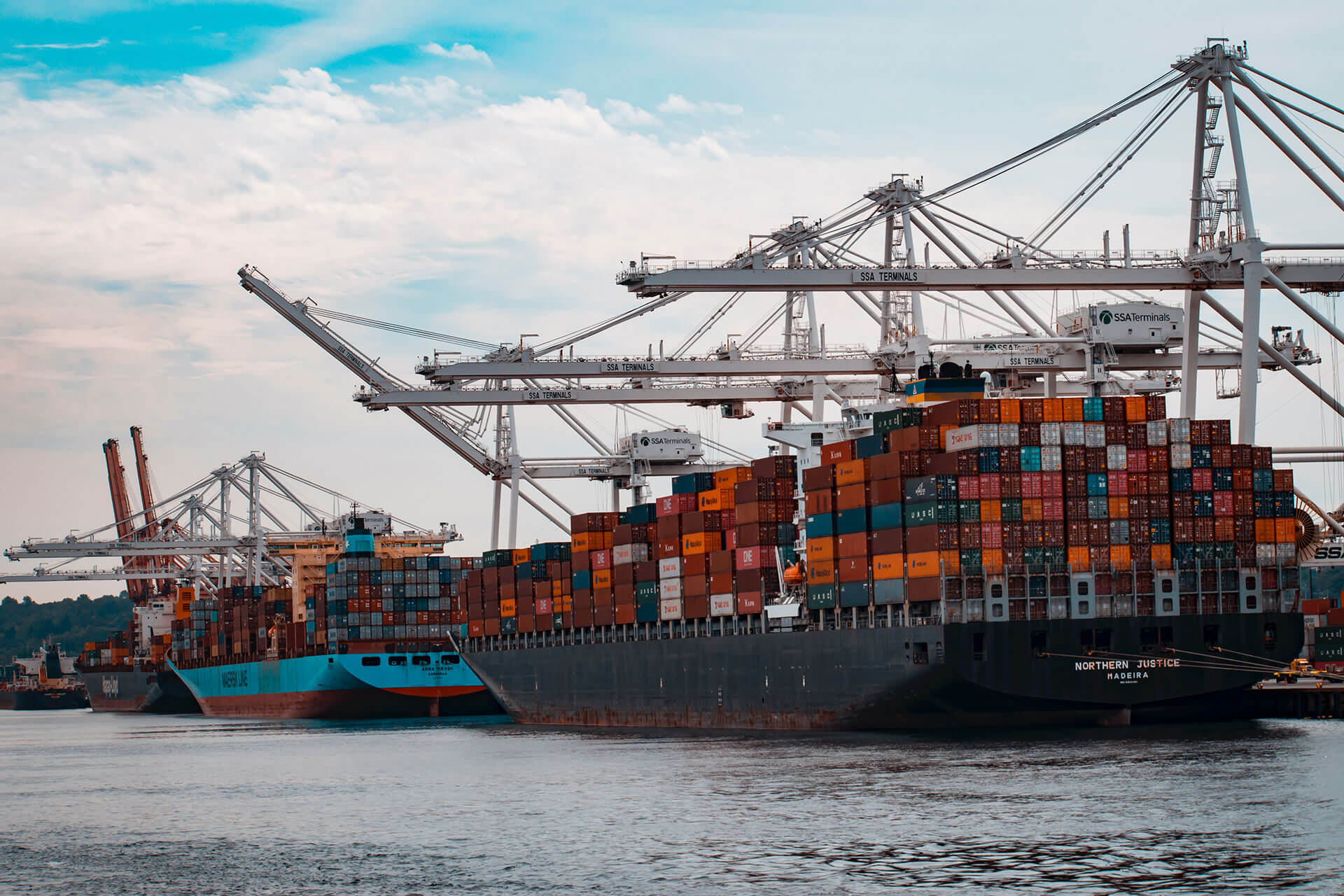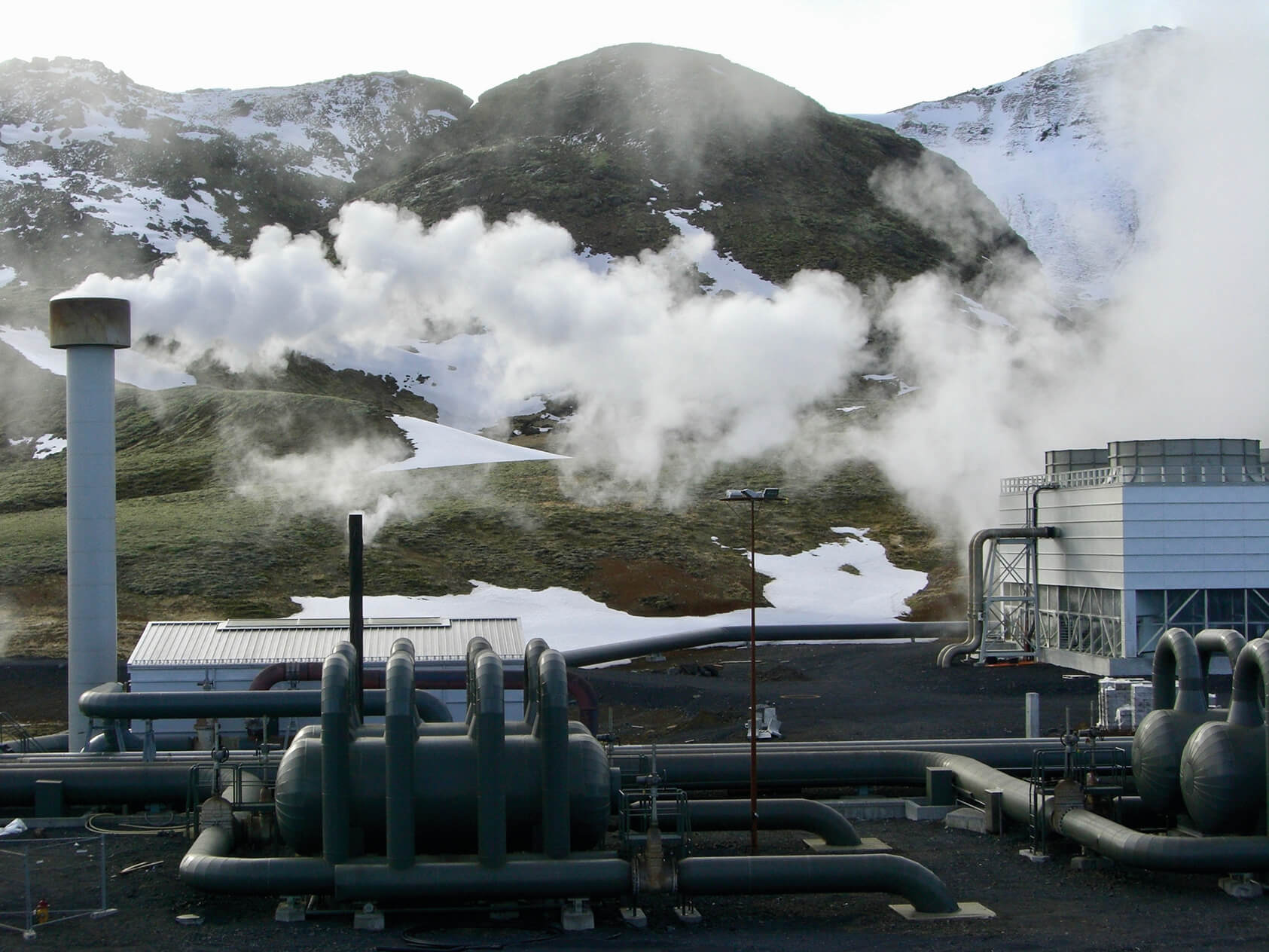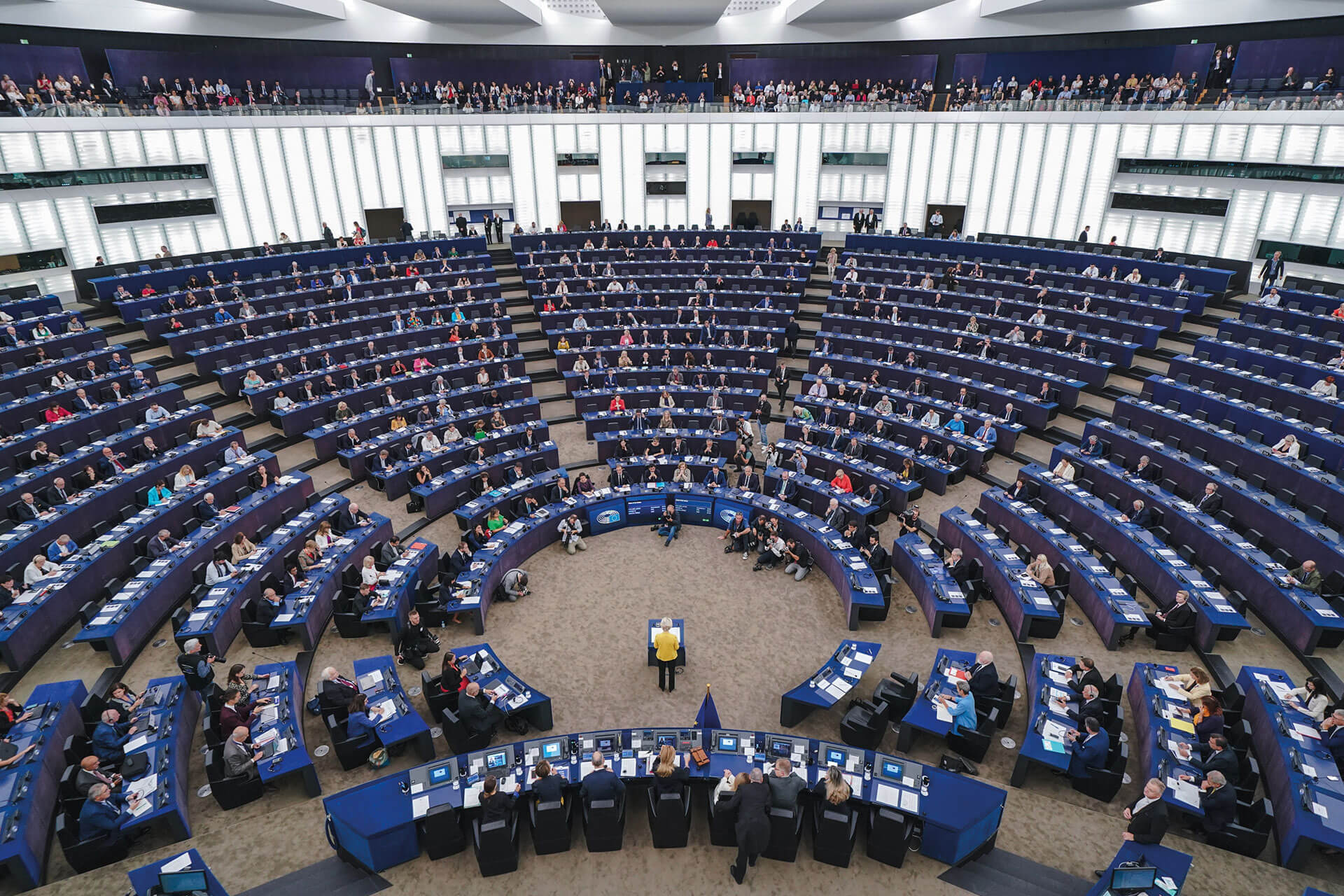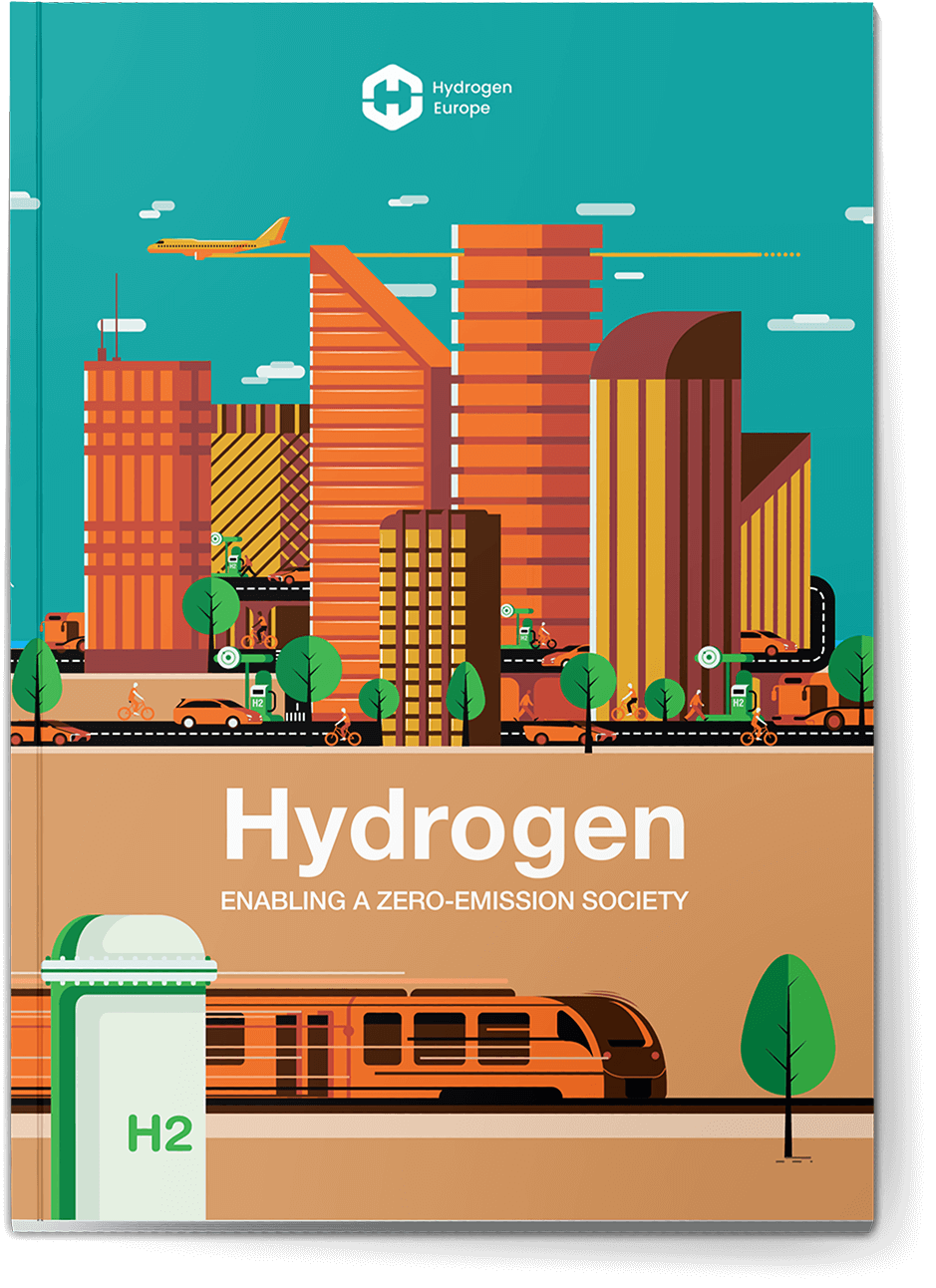Hydrogen Outlook
European Central Bank in Frankfurt, Germany.
Grzegorz Pawelec
Intelligence Director
Joana Fonseca
Intelligence Analyst
Matus Muron
Senior Intelligence Analyst
Market stimulation is key to the uptake of hydrogen.
The European Hydrogen Strategy identified three main hydrogen development phases: kick-start, ramp-up, and market growth. The hydrogen market is rapidly developing but is following along these main phases.
The kick-start phase, expected to last until 2025, has already begun, with the first pilot multi-MWel electrolysers operating and the first commercial deployments in tens of MWel being deployed in 2022. Expected deployed project sizes are quickly increasing, with projects with up to 200 MWel expected to be deployed by the end of 2024. Despite the existing strategic, political, and industrial commitments to hydrogen deployment, during these years, regulatory clarity, financial incentives, and removal of regulatory hurdles will determine the success of the beginning of the clean hydrogen industry in Europe. By 2025, clean hydrogen will start to be competitive even without incentives in some production locations and industries.
Europe’s clean hydrogen capacity has grown significantly in the last few years, from 85MW in 2019 to 162MW in August 2022.
During the ramp-up phase from 2025 to 2035, hydrogen will shift from local to regional and national applications as large-scale storage, hydrogen transportation infrastructure backbones, and hydrogen valleys will be realised while being supported by appropriate measures to stimulate supply and demand. Most hydrogen production and end-uses will have achieved commercial competitiveness at the end of the ramp-up phase. We will witness industrial multi-GW electrolyser deployments. Throughout this period, hydrogen will benefit from further regulatory support including auctions, tenders, quotas, investment support, and tax relief – to allow industrials to invest.
After achieving commercial competitiveness, the post-2035 phase will focus on market growth without any supporting frameworks. Hydrogen will continue to replace unabated fossil fuels across various industries, mobility applications, seasonal storage, and other end-uses. The hydrogen market will be transparent, liquid, and governed by mechanisms of supply and demand. As network integration deepens, the market will require regulation to ensure interoperability and market rules to avoid monopolistic behaviour.

However, this ambitious growth will depend on developing the entire hydrogen ecosystem, including component manufacturing. These include storage tanks, fuel cells, and electrolysers. There must be sufficient market incentives to build these manufacturing capacities.
While Europe has been dubbed a leader in hydrogen development due to its ambitious policy, other ambitious hydrogen players emerged worldwide in 2022. The US committed $8 billion for its hydrogen hubs and a tax credit of up to $3/kg, which can make electrolytic hydrogen production competitive with steam reforming. Countries around the world are competing to become exporters of hydrogen or hydrogen derivatives, such as Australia, Egypt, Chile, Namibia, and others. China is beginning to challenge Western technologies on cost and, if left unchecked, could take a significant share of the component market.
Clean hydrogen consumption in industry
Even if the role of clean hydrogen in the energy transition has only come to the spotlight in recent years, hydrogen has already been used in industry for over a century, especially as a feedstock in chemical processes. The total demand for hydrogen in 2020 in Europe has been estimated at 8.7 Mt, with the largest share of demand coming from refineries and ammonia production facilities. Together, these two sectors consumed almost 80% of total hydrogen consumption in the EU, EFTA, and the UK. About 13% is consumed in the production of other chemicals. Emerging hydrogen applications for clean hydrogen, like the transportation sector, comprised in 2020 only a minuscule portion of the market (<0.1%). (Fig.1)
Currently, the industry relies on fossil-fuel-based hydrogen to fulfil its demand. With constant pressure to reduce CO2 emissions and ambitious targets being put in place, many hydrogen-consuming sectors are now transitioning from fossil-based hydrogen to clean hydrogen. This is the case for refineries, where hydrogen is already used to reduce sulphur content in diesel fuel, and the transition into using clean hydrogen reduces the sector’s emissions.
Similarly, the ammonia production process is a big hydrogen consumer that can benefit from adopting clean hydrogen. Although it is usually used as a feedstock for fertiliser production, ammonia has recently attracted much attention for its potential as an energy carrier and/or fuel. It is already considered a suitable e-fuel for maritime applications. In the same way, clean hydrogen could help reduce the emissions of producing methanol, used in chemical processes and recently as an e-fuel. E-fuels are synthetic hydrogen-based fuels that can be burned in internal combustion engines and are synthesised artificially when CO and CO2 react with hydrogen. Provided that carbon is captured from the atmosphere or comes from otherwise unavoidable emissions and renewable electricity is used during the synthesis, e-fuels such as e-methanol, e-ammonia, e-diesel, e-L(N)Gand e-kerosene are great low-carbon alternatives in mobility.

The steel sector is currently not a massive consumer of hydrogen but will most likely become one as it transitions into greener processes. Conventionally, primary steel is produced in Blast Furnace/Basic Oxygen Furnace (BF/BOF) plants, where coal is the reducing agent to transform iron ore into hot metal, and fossil fuels are burned to provide the required heat, resulting in intense CO2 emissions. Secondary steel, produced from steel scrap in an Electric Arc Furnace (EAF), is already less emitting, depending on the carbon intensity of the electricity. Still, the resulting steel grade is more limited. In a new and greener process, hydrogen acts as the reducing agent to produce Direct Reduced Iron (DRI), which is then converted into hot metal in an EAF. If the hydrogen used is clean and the electricity that fuels the EAF, almost all the emissions from steel production can be abated. The steel industry is, in fact, the sector that currently has the largest clean hydrogen projects in the pipeline to begin operations by 2030, according to Hydrogen Europe’s Clean Hydrogen Monitor.
The steel sector has the largest clean hydrogen projects in the pipeline for operating by 2030.
The total planned consumption of low-carbon hydrogen in the industrial projects, in already announced projects tracked by Hydrogen Europe, amounts to 6.1MtH2/year by 2030, with over half of it concerning the steel sector’s ambitions alone. (Fig. 2)
Based on the plans announced by industrial off-takers, Germany is the country within the EU+EFTA+UK with the most significant ambitions for clean hydrogen consumption in industry, with a total of 2,112kt H2/y planned consumption by 2030. (Fig. 3)
Hydrogen production market and clean hydrogen production market
Most of the current hydrogen production is from fossil fuels. According to the Clean Hydrogen Monitor, there were 504 hydrogen production points in the EU, EFTA, and the UK, with a production capacity of 11.5 Mt of hydrogen per year in 2020. The captive reforming, merchant reforming, and by-production from ethylene and styrene methods constituted 95.6% of the total hydrogen production capacity. By-product electrolysis (i.e., capacity from chlor-alkali and sodium chlorate processes) accounted for 3.7%. Reforming with carbon capture provided 0.5% of total hydrogen production capacity. Water electrolysis, or power-to-hydrogen, accounted for only 0.25% of total hydrogen production capacity as of 2020.2 (Fig. 4)
For reference, the REPowerEU communication has set an ambitious renewable hydrogen production target for 2030 of 10 million tonnes. This is more than the current hydrogen demand of 8.7 Mt and is close to the total current hydrogen production capacity of 11.5 Mt developed over several decades.
Germany, Netherlands, Poland, Italy, and France have the largest hydrogen production capacity. These five countries account for 55% of the total hydrogen production capacity of the EU, EFTA, and the UK. Figure 4 below provides an overview of total hydrogen production capacity by country. (Fig. 5)
Clean Hydrogen Capacity
While power-to-hydrogen technology has been available and utilised for decades, new MW-scale commercial facilities are being put into operation.
This capacity in Europe has grown significantly in the last few years, from 85 MW in 2019 to 162 MW in August 2022. The average project size gradually increased from 0.9 MW in 2019 to 1.1 MW in 2022. Another sign of this market’s gradual development is the largest operating electrolyser. While in 2019, the largest operating electrolysers in Europe were around 7 MW, a 10 MW electrolyser was installed in 2021, and a 20 MW installation came online in 2022. There are multiple electrolysers of between 50 MW and 100 MW that are in advanced stages of development and are currently scheduled to become operational in 2023. According to the current industry ambitions, several projects in hundreds of MW scale are expected to be operational in Europe by 2024. Unfortunately, many of these projects have been postponed from initially being scheduled for 2023.

As of right now, the largest current operating and planned power-to-hydrogen projects are driven by project partners from the industry who serve as off-takers of the produced electrolytic hydrogen. In most cases, these off-takers are already using fossil fuel-based hydrogen, and these projects serve as initial pilot phases for their more ambitious future decarbonisation plans. An example is the decarbonisation of an ammonia plant or refinery where the owner starts with a small electrolyser as a pilot test, replacing their current fossil hydrogen supply with renewable hydrogen production before committing further and increasing the installed electrolyser capacity.
Some smaller but numerous projects in the late stages of development are focused on producing hydrogen for new mobility applications such as fuel cell electric passenger cars, buses, or smaller maritime vessels. These production sources are often distributed and located onsite at a refuelling depot/station. As of this moment, they are significantly smaller compared to the hydrogen production planned for industrial applications.
As for the future, the REPowerEU ambition of producing 10Mt of renewable hydrogen by 2030 will require up to 140GW of electrolysis capacity,6 depending on electrolyser utilisation in the individual projects. However, according to the Clean Hydrogen Monitor 2022, industry ambitions based on announced projects already amount to 138GW. Nevertheless, it is essential to note that these projects range from concepts to those under construction, and not all of them are to be realised. The graph below outlines the operational and planned projects according to industry ambitions by 2030. (Fig. 6)
In addition to renewable hydrogen, companies are planning to continue producing fossil fuel-based hydrogen but adding carbon capture technologies to reduce their CO2 emissions significantly. This is what the public calls blue hydrogen. According to the Clean Hydrogen Monitor 2022, only three operating plants produce hydrogen with carbon capture. However, companies have announced plans for numerous large-scale plants around Europe amounting to 17GWLHV of capacity by 2030. The most planned capacity is in the UK, followed by Norway, Netherlands, Germany, and other countries.
While the business case outcomes vary depending on the location, industry, and CO2 price, largescale emergence of the production side of the market will continue to rely on either supply side or demand side market stimulation, willingness to pay by off-takers, and cost of alternatives such as natural gas.
The category other refers to hydrogen consumption in glass manufacturing, food processing, hydrogen production that was not allocated to an end-user, and net imports into the country.
0.25% refers to 162MWel operational by August 2022 as a percentage of the 2020 total.
Production capacities for Slovenia and Iceland are less than 50,000 t/y, so they show as 0.00Mt.
Several more projects have come online since then, including an 8.7MW project in Germany, bringing the total to more than 170MW.
IEA, Global Hydrogen Review, September 2022
Electrolyser Summit Joint Declaration, European Commission, May 2022, https://ec.europa.eu/docsroom/documents/50014/ attachments/1/translations/en/renditions/native
The value for 2022 refers to projects that are already operational and planned to be operational by the end of 2022.





